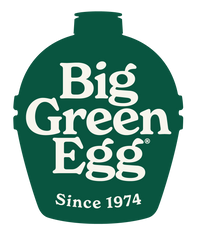Butter Basted Rotisserie Chicken
There's something magical about salsa smoked on the Big Green Egg—grilled tomatoes, charred peppers, and onions cook down and take on a deep, smoky richness that elevates every bite. As...

There's something magical about salsa smoked on the Big Green Egg—grilled tomatoes, charred peppers, and onions cook down and take on a deep, smoky richness that elevates every bite. As...
Experience tropical indulgence with our rotisserie-grilled Pineapple with caramel sauce, roasted to perfection on the Big Green Egg. Coated in a sweet blend of brown sugar and cinnamon, then basted...
There's something magical about salsa smoked on the Big Green Egg—grilled tomatoes, charred peppers, and onionscook down and take on a deep, smoky richness that elevates every bite. As they...
These Rotisserie Ribs are a bold twist on a classic, featuring a tangy mustard rub and a smoky spice blend that delivers deep flavor. Slow-cooked over charcoal and finished with...